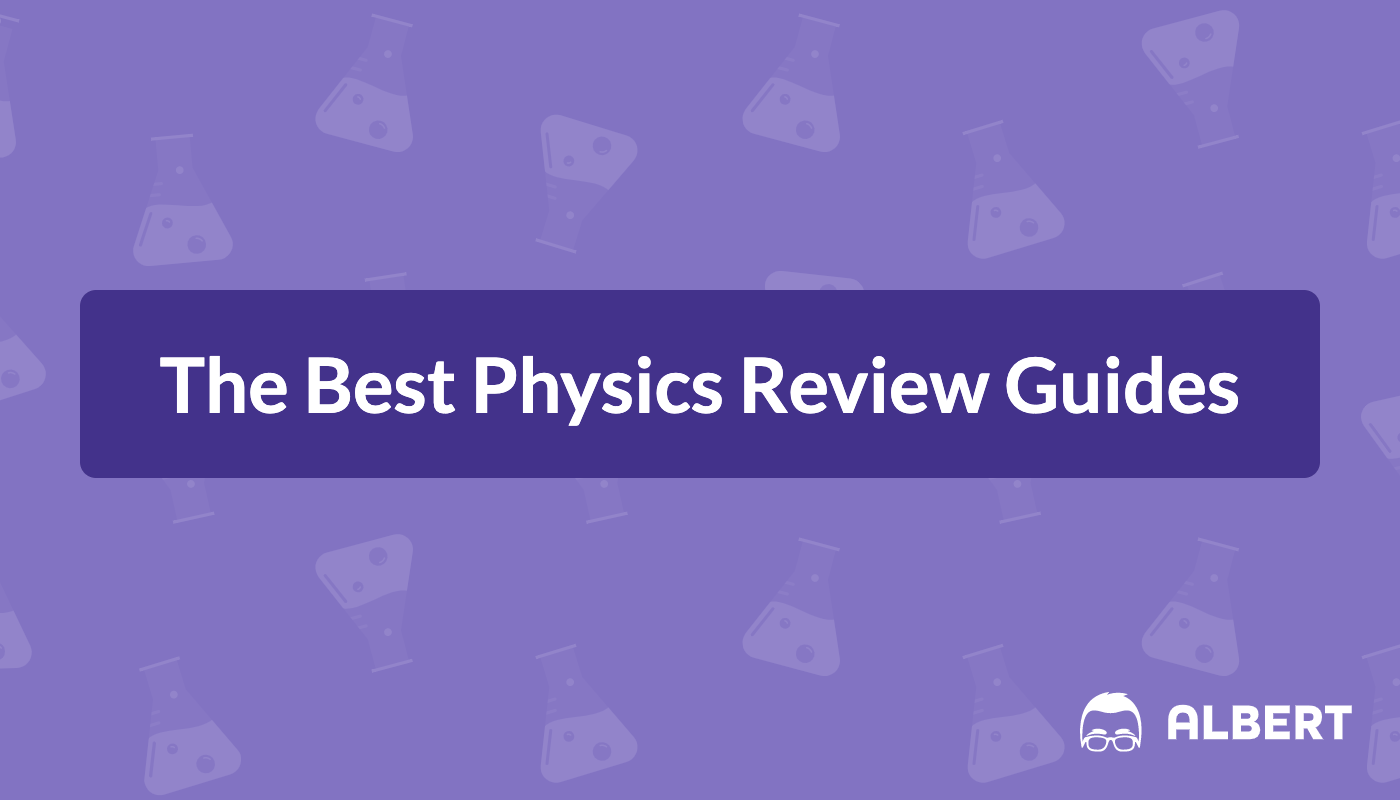Physics
The Best Physics Review: Topic Summaries, Examples, and Free Practice
Welcome to Albert’s collection of science topic reviews for teaching and reviewing Physics. Teachers and students can explore our easy-to-follow guides below for use at home or in the classroom.
Kinematics
What is acceleration? How do you find velocity from a position-time graph?
The review articles below explore the basic concepts and skills for studying motion in one and two dimensions. From the differences between scalars and vectors to analyzing projectile motion, you can find the review you need to master these foundational Physics topics.
Forces
What are the different types of forces? Why are Newton's laws important?
The review articles below explore many topics related to forces and Newton's laws of motion. Review the types of forces, relevant equations, and free body diagrams with helpful examples and summaries.
Work and Energy
How are work and energy related? How can we apply the conservation of energy to our daily observances?
The review articles below explore the basics of work and energy. Review how work and power are related, the differences between kinetic and potential energy, and how the principle of conservation of energy can be used to explain the world around us.
Momentum and Impulse
What is momentum in physics? How are impulse and momentum related? How do you determine if a collision is elastic or inelastic?
The review articles below explore momentum and impulse. Review what momentum is in physics, how it is related to impulse and the impulse-momentum theorem, and how momentum is conversed in isolated systems.
Mechanical Waves
What are mechanical waves and how do they differ from other waves? What are the principles behind phenomena like reflection and refraction?
Explore the fascinating world of mechanical waves with the collection of articles below. Understand the fundamental principles of waves, review the characteristics of sound waves, and learn about intriguing phenomena such as reflection, refraction, and the Doppler Effect.
Circuits
How do electrons flow through a circuit? What are the differences between parallel and series circuits?
The collection of articles below explores the fundamentals of the world of electronics. Review the basics such as electron flow and types of circuits, then progress to advanced circuits and circuit elements while applying important physical laws such as Ohm's Law and Kirchhoff's Laws.
Interested in a school license?
➜ SAT® & ACT®
➜ AP®
➜ ELA, Math, Science, & Social Studies
➜ State assessments
Options for teachers, schools, and districts.

